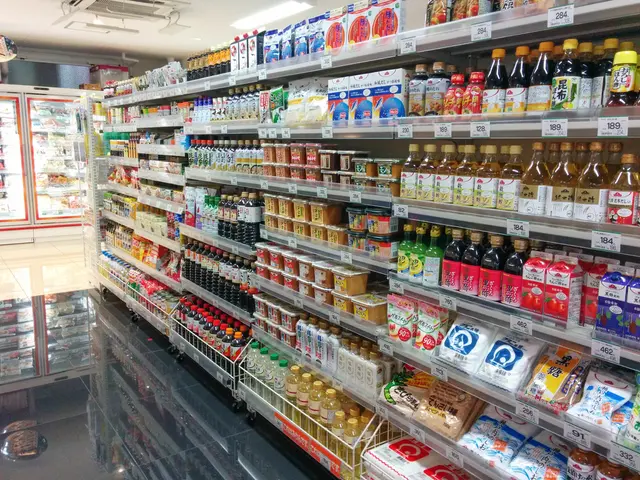Trade Pact Impact Analysis: Understanding Types, Advantages, and Disadvantages
Regional Trade Agreements (RTAs) are formal pacts between several countries in a specific geographic region, aiming to create a more interconnected economic zone by breaking down trade barriers. These agreements come in various forms, such as free trade areas, customs unions, common markets, economic unions, and even monetary unions, reflecting different levels of economic integration.
The Basics of RTAs
A free trade area is the most basic form of RTA. In a free trade area, member countries agree to remove trade barriers in goods and services between them, allowing for free trade. This can lead to potential trade deflection, where each member maintains its own policies regarding non-member countries, potentially diverting trade away from more efficient global producers.
A customs union goes a step further, establishing uniform external tariffs for goods traded with non-member countries. This helps to eliminate trade deflection by preventing non-member countries from exploiting differences in tariffs between members. Some economic unions even establish a common currency, forming a monetary union.
A common market builds upon the foundation of a customs union, taking economic integration a step further. In addition to the free flow of goods and services, a common market also allows for the free movement of production factors, including capital and labor.
Advanced Forms of Economic Integration
An economic union represents the most advanced stage of economic integration within an RTA. It incorporates all the features of a common market but goes beyond that by establishing common economic policies, involving coordinating fiscal and monetary policies across member countries. This deep economic integration coordinates all economic policies of member countries, going beyond tariff removal to harmonize regulations, fiscal, and monetary policies, fostering a more seamless economic space.
Economic unions offer key advantages and disadvantages. On the positive side, they can drive economic efficiencies and growth by allowing not only free trade in goods and services but also the free movement of labor and capital, which can enhance efficiency and economic growth in the region. They can also achieve larger scale production and more competitive industries due to expanded market size and resource pooling. Furthermore, coordinated economic policies and removal of trade barriers can stimulate investment, innovation, and employment generation within member countries.
However, economic unions require significant surrender of national policy control and may provoke internal disputes and economic adjustment challenges. Member states must cede significant control over their individual economic, fiscal, and sometimes monetary policies, which can limit their ability to respond independently to domestic economic challenges. Coordinating diverse economic policies across countries is politically and administratively challenging and may create adjustment costs, especially for less competitive members. There is also a risk of trade diversion, where economic unions divert trade away from more efficient global producers to less efficient regional members due to common external tariffs, potentially reducing overall welfare.
The Benefits of RTAs
Despite these challenges, RTAs offer numerous benefits. For instance, they can increase trade traffic, investment, and promote economic growth and social welfare. Better access to cheaper and more abundant capital is a benefit of regional trade agreements, as if capital flows freely between member countries, it makes it easier for companies to raise cheaper funds to finance investments. Wider market access is a benefit, allowing companies to more easily sell to member countries and compete fairly with others because there is no trade protection.
Moreover, the creation of more jobs is a significant benefit of regional trade agreements. The wider market encourages businesses to increase production, which creates more jobs and income in the domestic economy. World Bank research shows that regional trade agreements increase trade in goods by more than 35% and trade in services by more than 15%.
In conclusion, while RTAs present challenges, they also offer substantial benefits. By fostering deeper economic integration, they can drive economic growth, create jobs, and improve social welfare. However, it is crucial to manage these agreements carefully to avoid trade diversion, ensure fair competition, and maintain national policy autonomy.
In a free trade area, member countries agree to remove trade barriers in goods and services between them, enabling potential economic growth and job creation. This basic form of Regional Trade Agreements (RTAs) can also lead to better access to capital and wider market opportunities.
An economic union, the most advanced stage of economic integration within an RTA, establishes common economic policies and fosters a more seamless economic space, offering the potential for significant economic efficiencies, growth, and job creation. However, it requires significant surrender of national policy control and may provoke internal disputes and economic adjustment challenges.




